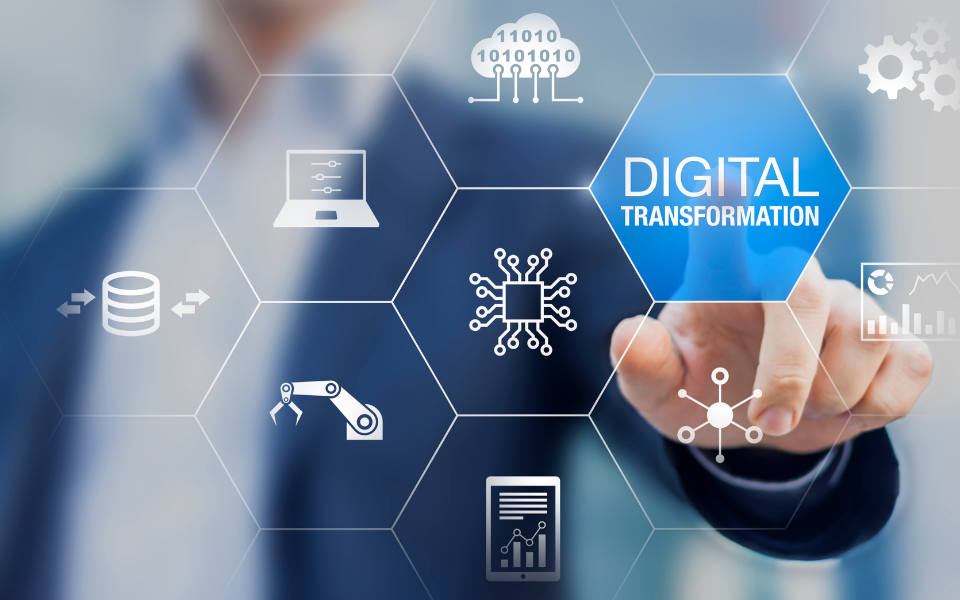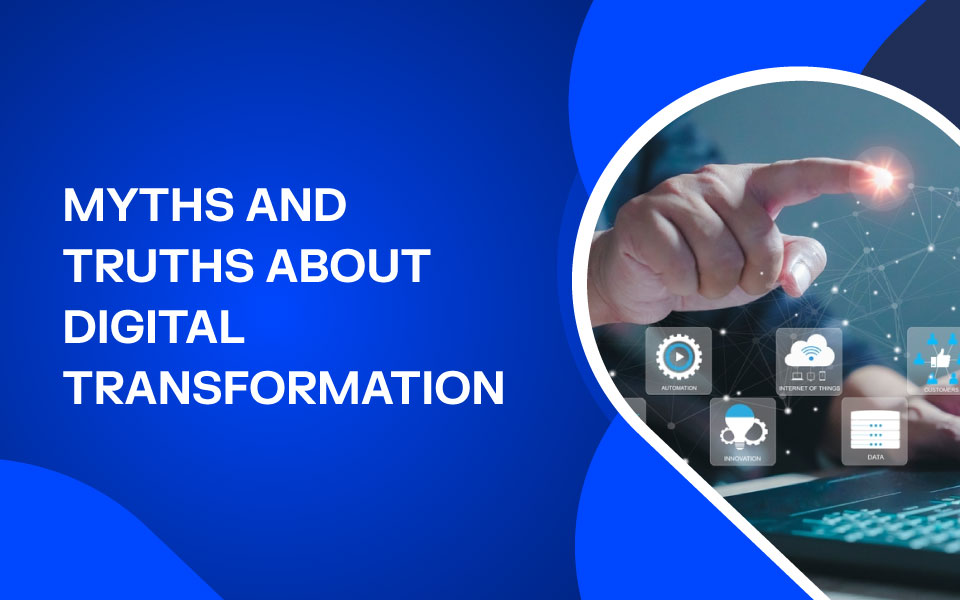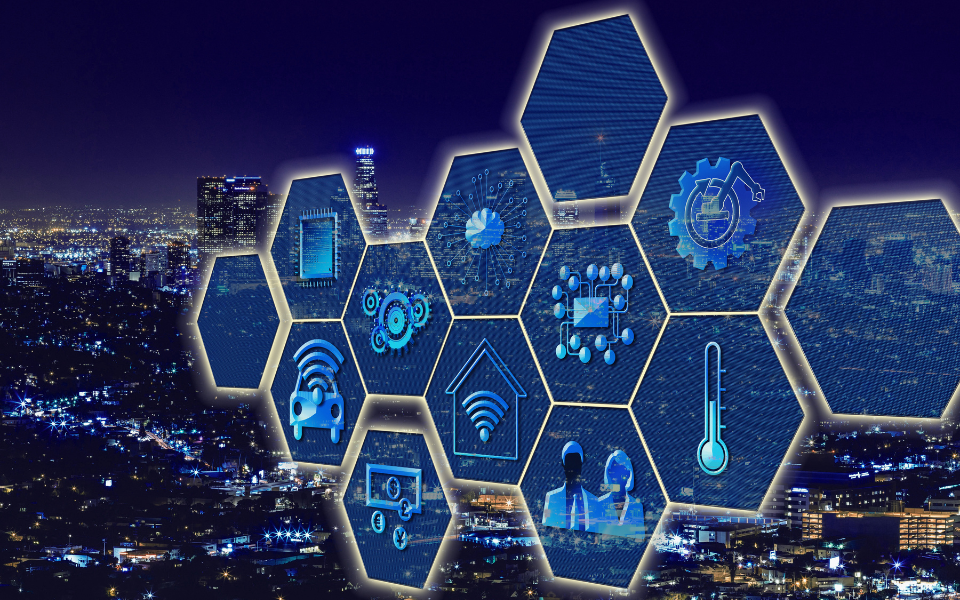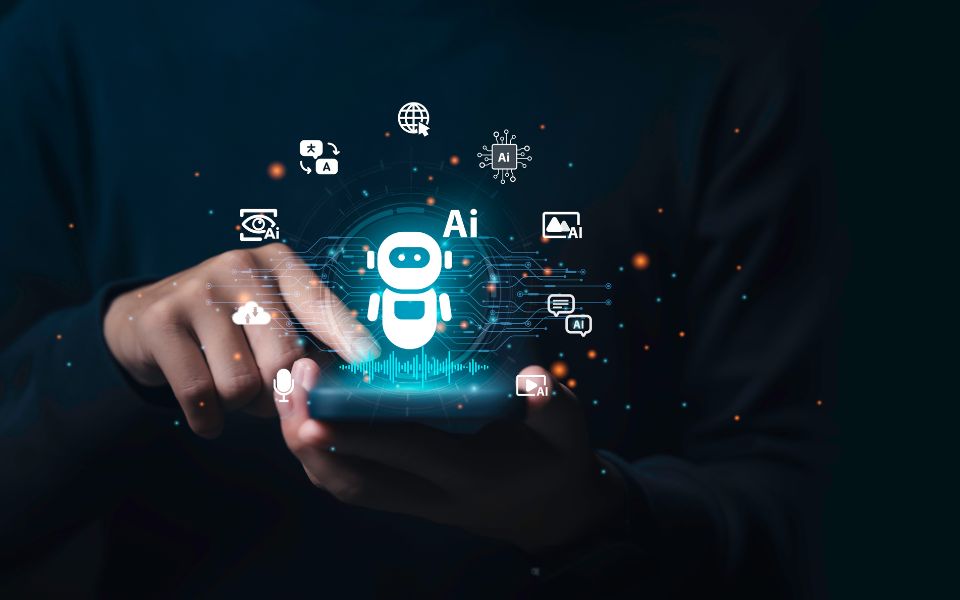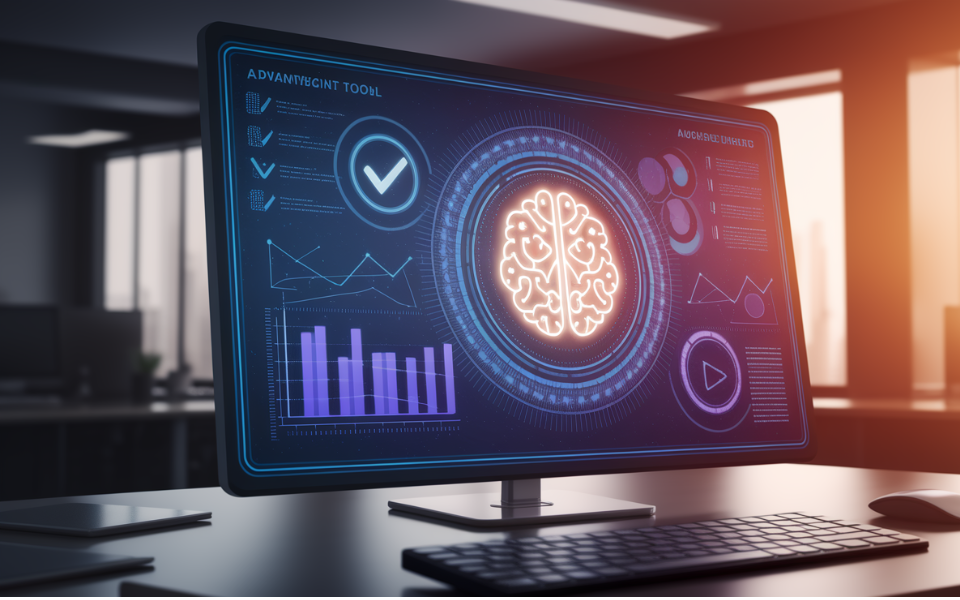
Harish Krishnan; Managing Director, Public Affairs & Strategic Engagements, Cisco India & SAARC
You are leading multiple initiatives for Cisco on tech for social good for agriculture, smart cities & upskilling. Tell us why you think this era of social innovation will be a game-changer for India.
At present, India is undergoing constant transformation across sectors, and we are slowly progressing towards an inclusive future that aspires to present equal opportunities to 1.35 billion citizens. Technology is the greatest equalizer of the 21st century; it is the most effective way to enable and empower people agnostic of cultural and geographical barriers. However, innovation and experimentation in the IT sector are essential in transforming the socio-economic landscape.
India boasts a massive tech-savvy, socially conscious, young workforce, and this youth is leading the charge for social innovation through our booming start-up ecosystem. With the application of advanced technologies, talent, and expertise, not to mention the support of IT enterprises, start-ups are developing high-quality, yet affordable solutions in critical areas, such as financial inclusion, healthcare, education, sanitation, energy, water, agriculture, disability, etc., solving one challenge at a time.
In light of this, Cisco makes extensive investments in creating an ecosystem that will further the country’s transformation. For example, we make investments under our Country Digital Acceleration program, which aims to accelerate the existing national digitization agenda and deliver real outcomes faster and more effectively. In addition to this, we incubate start-ups under the Cisco Launchpad initiative, who have dedicated themselves to finding solutions to social challenges. Further, a large chunk of our CSR investments is invested towards identifying digital solutions to the exemplary work done by NGOs or start-ups in uplifting communities. Digital solutions and social innovation are the only way to achieve replicable and scalable transformation.
For instance, eXabit, which is a part of the Cisco Launchpad initiative, created an end-to-end IoT platform to address the challenges of fragmented land management, irrigation control, and seed behaviour for sustainable agriculture.
A lot has been said about the impact of tech in agriculture and the subsequent development of sustainable practices. How is Cisco driving this?
Farmers constitute one of the most underserved and under-connected economic groups in the country. 58% of the Indian population is engaged in farming, while the GDP contribution of the sector is only 18% at present. Over the last two decades, the real income of small farmers has fallen by 30% due to weather-related yield shortfalls, and lack of access to technology. Digital technologies can help improve farmer’s income by delivering tailored recommendations to farmers based on crops, planting dates, varieties sown, real-time localized observed weather, and projected market prices.
There has been an array of digital solutions that have been provided to farmers, and more intervention is required. But the key is to provide an end-to-end solution. Any gap in the chain will lead to a complete break-down of all efforts. Cisco’s Digital Agriculture Architecture has hardware and software components for better farming and knowledge centers.
Cisco has been actively involved in alleviating farming distress. We recently partnered with the Kerala State IT Mission (KSITM) to create a smart farming ecosystem by building an Agri-digital Infrastructure (ADI) platform and setting up Village Knowledge Centres in 15 Panchayats across Kannur. The ADI platform will provide crucial analytics and insights on crop yields, weather patterns, plant disease patterns, soil quality, moisture content, and forecasting to government officials and farmers. We are also setting up a web portal through which farmers will gain access to government financing. This project is already underway and is an ideal example of how connectivity enables access to information, which leads to empowerment.
Smart city development in India is a fast-growing and needs the technological support of companies like Cisco to thrive. Tell us about how you are supporting these initiatives in India.
Urbanization in India is taking place at an incredible pace, leading to a concentration of population in our cities. By 2030, over half of our 1.4 billion citizens will move to cities, due to which the government has allocated resources for developing our cities to accommodate this population exodus.
The quantum of data collected, processed, and analysed for effective governance is enormous. It brings forth the importance of imbibing data-intelligence in decision-making as a way forward in addressing urban challenges of the present and future. The government has its strategy in place and the workforce to support it. However, the critical differentiator is where companies like Cisco can exemplify the potential of an effective data strategy. Cisco has approached the entire Smart Cities Mission with a comprehensive approach from building a digital highway to creating proofs of concept, customized for cities, to co-creating applications with start-ups, etc. At Cisco, we have been working with the Indian government through our Country Digital Accelerator program to help grow the nation’s GDP, create jobs, bolster local innovation and enhance the lives of citizens across the country. Our current CDA strategy encompasses almost 50 projects across areas such as national broadband, IT skilling, defence projects, digital banking (for greater financial inclusion), training and services, and smart cities.
Armed with global expertise in creating connected communities in Smart Cities, Cisco has worked extensively with central, state, and local administrations in India to ensure the realization of the PM Modi’s vision of a 100 Smart Cities. At present, 75% of Smart City projects are powered by Cisco technology, supported by our connected digital platform and solutions strategy, known as “Cisco Kinetic for Cities” and integrated—along with solutions for lighting, parking, crowd, environment, and others—into the overall Cisco Kinetic platform strategy. Cisco Kinetic for Cities is providing a single horizontal, data aggregation platform—explicitly tailored to the needs and challenges of cities and communities.
One of the most critical aspects of taking the proverbial tech wave ahead is upskilling. Please outline how Cisco is leading the way in enhancing the skills of the digital economy.
Today, we are riding the wave of Industry 4.0, but industrial revolutions are not new to the human workforce. As was the case with the advent of machines, employment is once again evolving in preparation for a digital future. Therefore, the need of the hour is to upskill India’s workforce in new-age technologies to meet the demands of the new economy.
At Cisco, through our Networking Academy, we have trained over 3.5 lakh people in India. We plan to train an additional one million students by 2025 in such technologies as AI, ML, and IoT. Through the program, schools, colleges, universities, and industrial training institutes (ITI’s) are provided with the Cisco curriculum on digital skills such as IoT, cybersecurity, and networking, to improve the employability of India’s youth. Recently, we also signed a memorandum of understanding with the Director-General of Training to upskill 1.5 million students through the Bharat Skills portal.
Additionally, under the India CSR program, Cisco works with several NGOs who provide digital and employability skills to rural women, armed forces veterans, differently abled, underprivileged youth, etc. We work with NIIT Foundation, Tata Trusts, Anudip Foundation, Quest Alliance, among others, in training thousands of people who have been across different investments.
India’s burgeoning youth presents a considerable opportunity, wherein by addressing the looming skill gaps, the country can achieve its vision of becoming a $5 trillion economy, as well as a global digital superpower.
India has ambitious plans to become a 5 trillion-dollar economy by 2025, and tech will play a central role in achieving this. In the next five years, which areas should India’s tech industry capitalize on, and more importantly, which areas do you think will hold us back?
The $5 trillion economy goal requires India to make continuous strides towards a digital-first economy. It is now time to capitalize on the progress made and double down on digitization across major sectors of the economy, such as manufacturing, education, and healthcare. India’s technology capabilities are opening up more significant opportunities for growth, inclusion, and further investment. As the current economy continues to expand, businesses should continue to hone the workforce with the skills necessary to compete in the new digital economy.
The county’s Digital India program is on the right path with enabling policies and effective execution by involving all the stakeholders. While governments are making efforts to simplify citizens’ lives with interactive web portals, mobile apps, and help desks, last-mile connectivity coupled with personalization, remains a crucial challenge and should be a focal point.
The digital divide in India has long been identified as a key contributor to widening income gaps. Internet penetration in the country is about 36% right now, so we need to continue to drive internet access across the board. Connecting the unconnected and underserved and empowering them to thrive in a digital-first world is imperative.
Further, the need of the hour is to build secure and resilient cyberspace for India’s citizens, businesses, and the administration. Globally, we are staring at an astounding number of connected devices – 50 billion by 2020. According to assessments made by Cisco, India faces the highest number of cybersecurity threats in the Asia-Pacific region with over 500,000 alerts daily, which is nearly thrice the number of alerts at global companies.
Indian IT is essentially changing its identity from being a services industry to an innovation-first industry. How do you think this is happening, and being led by India’s IT majors?
One of the key differentiators of India’s economy is its vast youth, which constitutes over 46% of its workforce. Given their ubiquitous presence across the industry, millennials are driving innovation in the country at an unprecedented pace, subsequently transforming the service industry. It is no surprise, therefore, that India has the second-largest start-up ecosystem in the world, with additional year-on-year growth of over 10%. Start-ups are leading the charge on social change with technology at its heart, so now more than ever, supporting local innovation is essential to unlocking the full potential of India’s digital economy.
Having recognized this, IT majors and tech giants are actively investing in start-ups with deep-tech capabilities in IoT, machine learning, cloud, artificial intelligence, quantum cryptography, etc., which can build solutions that can solve some of society’s most daunting challenges.
At Cisco, we have our very own accelerator program called Cisco Launchpad, launched in 2016, and currently in its 5th cohort. Every year, we identify eight tech start-ups that are focused on developing products and services for the next wave of India’s digitization.
Another initiative is our Next Global Problem Solver Challenge, which is a global initiative aimed at discovering the next start-up that can impact people, society, and the planet. We have seen Indian start-ups grab this prize, such as CareNX, the developers of a portable, IoT-based fetal health monitoring device. CareNX is now able to reach 35,000 expecting mothers in 800 villages across 11 states, providing, in some cases, life-saving healthcare to Indian women.
In 2020, what do you think will be the biggest trends in Indian IT & tech?
2020 has ushered in a new decade of innovation and growth that will elevate India to the global playing field, competing and collaborating with developed nations to solve challenges and enhance the quality of life across the board. In this innovation-first ecosystem, a few trends are emerging that will govern our strategy in this new decade. With the introduction of 5G and the evolution of AI and ML, autonomous technologies will move beyond just cars and robots to support streamlined processes, decreased costs, and maximization of profits.
As organizations across sectors embark on the journey of digital transformation and automation, the shortage of IT talent, especially in the areas of data science and AI, will grow more acute. This will lead to skilling and training, taking the front seat as continuous learning becomes focal to the future of work.
Consumers harbour lesser tolerance towards apps that provide anything short of a premium experience, so application developers will have to work harder to hold on to users. Subsequently, use cases of virtual reality (VR), augmented reality (AR) and mixed reality (MR) will increase, due to which developing a multi-experience strategy will become mission-critical for organizations.
Analytics will take center-stage as companies strive to stay ahead of the curve by making data-driven, smart decisions that will lower operational costs, optimize resource management, and enhance the customer experience. Lastly, in 2020, we will see a lot more organizations begin to approach security holistically with threat hunting becoming a critical aspect to discover unknown malware and vulnerabilities.
This is part of our ongoing series TechVoice, where we bring to you the leaders of the industry talk about the latest in innovation, technology and trends in their industry sectors. If you want to contribute, write to sindhuja@nasscom.in
For more updates, follow NASSCOM CoE IoT-DSAI on LinkedIn, Twitter, Facebook, and Youtube











